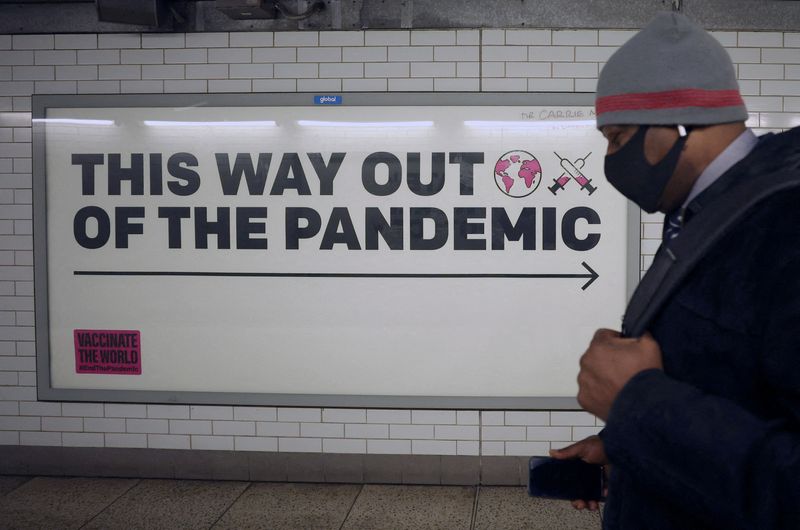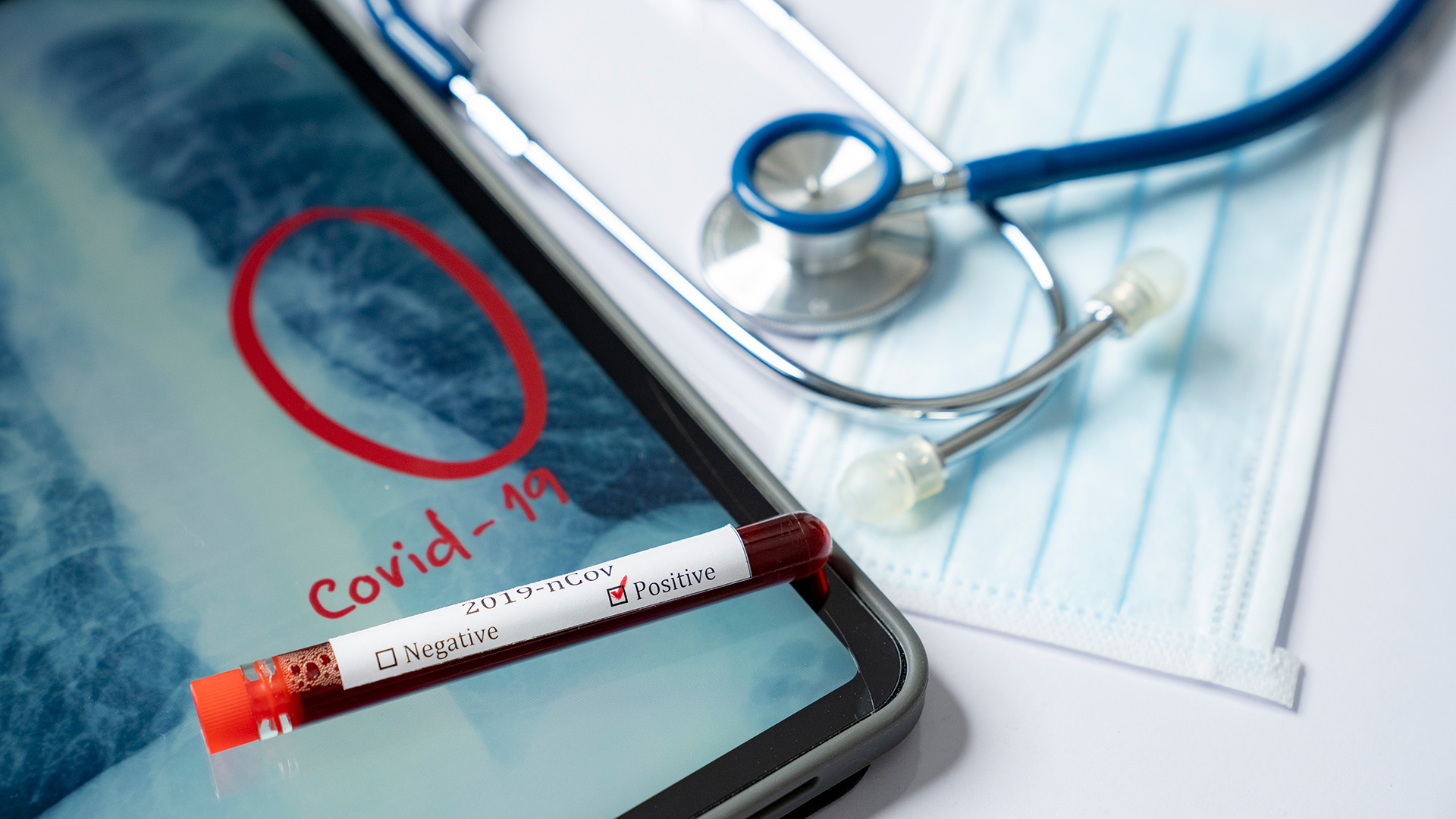
The United Kingdom Public Health Services (NHS) has expanded the official list of symptoms of COVID-19 infection . In their latest update they added 9 new signs of infection, including sore throat, fatigue and headache.
Prior to this recent enlargement, the official list of the British health authority only contemplated three symptoms: new and continuous cough (coughing heavily for more than an hour, or 3 or more episodes of coughing in 24 hours), high fever or chills, and loss or alteration in the sense of taste or smell.
Regarding the updated guidance, the NHS warns on its official website that these new symptoms “are very similar to the symptoms of other diseases, such as colds and flu.” In addition, they note that “most people with COVID-19 and other respiratory infections will have a relatively mild illness, especially if they have been vaccinated.”
Adding new body signals to the official payroll to diagnose the disease helps identify new cases, reduce infections and prevent the spread of coronavirus. However, this measure by the Boris Johnson government coincides with the end of the offer of free COVID-19 tests to help people confirm whether they have the virus.
The new symptoms are:

1 - Difficulty breathing
2 - Feeling tired or exhausted
3 - Dolor corporal
4 - Dolor de cabeza
5 - Sore throat
6 - Congestión nasal
7 - Loss of appetite
8 - Diarrea
9 - Feeling sick or being sick
Before the update, many experts questioned whether the UK kept only three symptoms on the list to identify COVID-19 since the emergence of SARS-CoV-2 two years ago, despite other organizations such as the World Health Organization (WHO) and the Centers for Disease Control and Prevention (CDC) of the United States contemplate a greater number of signs for coronavirus infection.
The WHO list of symptoms
WHO sees at least 24 symptoms compatible with COVID-19 infection . The international health agency expanded the payroll as the pandemic progressed and new signs of the disease were detected.
From the most common, which coincide with the updated British guidelines, to symptoms of severe conditions (difficulty breathing, loss of appetite, confusion, persistent pain or tightness in the chest) and rare symptoms (irritability, impaired consciousness, anxiety, depression, disorders of sleep and severe and rare neurological complications).

The British health strategy
The Boris Johnson administration recommends that people who have symptoms of a respiratory infection and high fever should stay home and avoid others, especially if they don't “feel well enough to go to work or do normal activities.”
Those who have been infected with COVID-19 can return to normal activities when they feel better or no longer have a high temperature, according to the updated NHS guidance, which also includes the 9 additional symptoms.
In parallel to these measures, free NHS COVID-19 testing is over for most people in the UK. Only the elderly, the most vulnerable and health and social workers can access the tests free of charge.
“If you have symptoms of COVID-19, you no longer need to do a rapid lateral flow test or PCR. If you still want to get tested and are not eligible for a free NHS test, you must pay for the COVID-19 test yourself,” health services warn.
The Office for National Statistics (ONS) estimates that 4.9 million people in the UK have already been infected with coronavirus. In addition, in the last 24 hours there were more than 50,000 positive cases of coronavirus, while last week that figure stood at 80,000 across the UK. Coronavirus infection levels have reached a record high in the UK, with nearly 5 million people infected.
Professor Tim Spector, the lead scientist for symptom tracking app Zoe COVID-19, praised the decision and said the NHS had “finally changed” the list of symptoms after two years of lobbying. “Too bad they have bad order, but it's a start and it could help reduce infections.” In March, the expert suggested that the shorter list of symptoms, along with the decision to abandon isolation recommendations and withdraw free tests, could have increased transmission rates.
KEEP READING:
Últimas Noticias
Debanhi Escobar: they secured the motel where she was found lifeless in a cistern

The oldest person in the world died at the age of 119

Macabre find in CDMX: they left a body bagged and tied in a taxi
The eagles of America will face Manchester City in a duel of legends. Here are the details

Why is it good to bring dogs out to know the world when they are puppies




